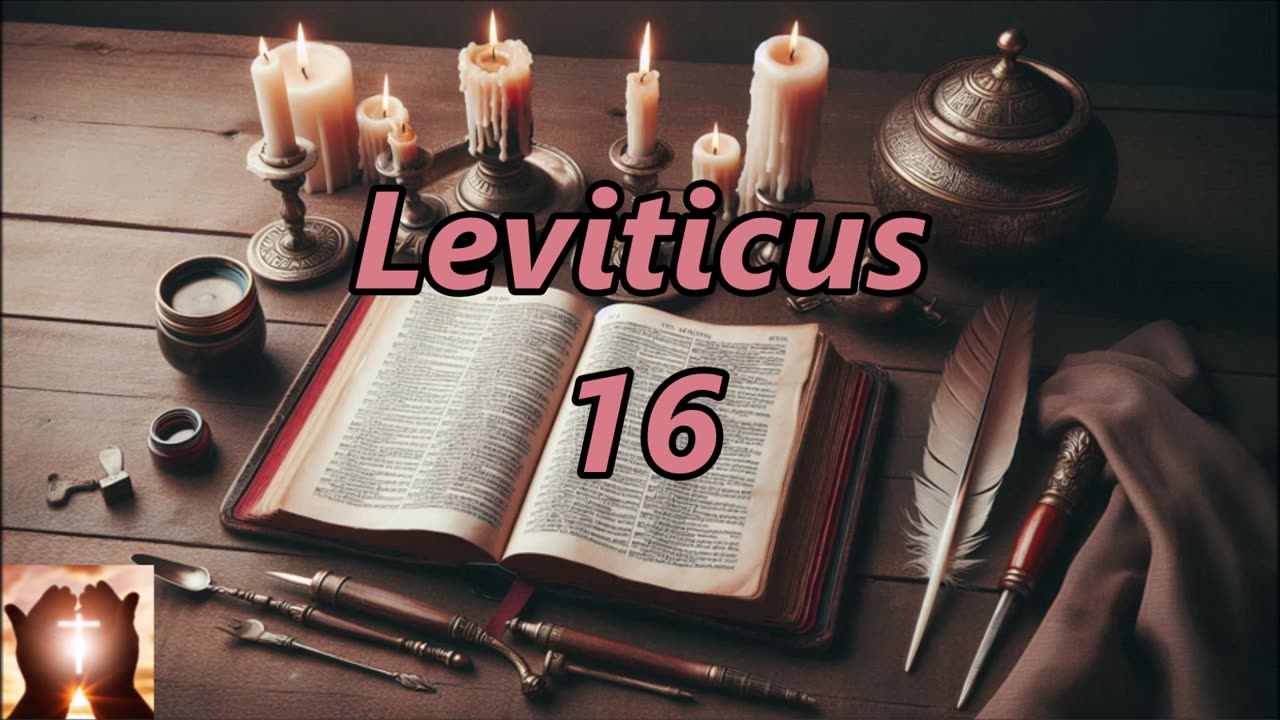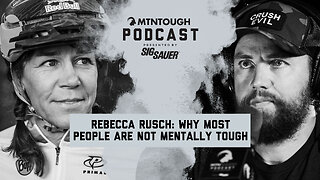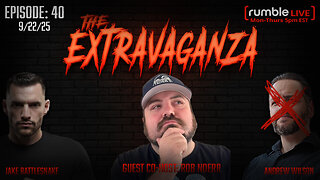Premium Only Content

Leviticus 16
Setting and Restrictions (vv. 1–10):
This chapter follows the death of Aaron’s sons (Leviticus 10) and warns that the high priest must not enter the Most Holy Place at will.
Once a year, the high priest (Aaron) enters the Holy of Holies with blood to make atonement.
He brings:
A bull as a sin offering for himself and his household.
Two male goats for the people: one for the Lord and one as the scapegoat (Azazel).
Rituals of Atonement (vv. 11–28):
The high priest offers the bull’s blood for his own sin and enters the Holy of Holies with it.
He then sacrifices the goat for the Lord and sprinkles its blood to atone for the people.
The scapegoat is presented alive, and the priest lays hands on it, confessing Israel’s sins over it. It is then sent into the wilderness, symbolically carrying away the sins of the people.
The high priest bathes and changes clothes before and after the rituals.
The remains of the bull and goat are burned outside the camp.
Institution of the Day of Atonement (vv. 29–34):
This is a permanent ordinance to be observed annually on the 10th day of the 7th month.
The people must fast ("afflict their souls") and do no work.
It is a day of national cleansing from all sins.
Spiritual Lessons:
Sin must be dealt with seriously—through blood and sacrifice.
The scapegoat symbolizes God's mercy in removing guilt, pointing to Jesus as the one who carries away our sin (Isaiah 53:6, John 1:29).
The high priest's role foreshadows Christ as our Great High Priest, who entered the true heavenly sanctuary to make eternal atonement (Hebrews 9:11–14).
This day reminds believers of the need for self-examination, repentance, and appreciation of God’s grace.
The separation from sin and restoration of fellowship with God were central to Israel's spiritual life—and remain vital for believers today.
-
 LIVE
LIVE
BonginoReport
1 hour agoErika Kirk Forgives Charlie’s Assassin - Nightly Scroll w/ Hayley Caronia (Ep.139)
3,072 watching -
 LIVE
LIVE
The Jimmy Dore Show
23 minutes agoOfficial Narrative On Charlie Kirk Shooting FALLING APART! Jimmy Kimmel Coming Back! w/ Kim Bright
3,853 watching -
 LIVE
LIVE
Katie Miller Pod
1 hour agoEpisode 7 - Jillian Michaels | The Katie Miller Podcast
617 watching -
 1:34:59
1:34:59
Russell Brand
5 hours agoTrump Hails Charlie Kirk A Martyr As 100,000 PACK Arizona Stadium To Honor “American Hero” - SF637
195K54 -
 1:58:55
1:58:55
The Charlie Kirk Show
6 hours agoThe Charlie Memorial Aftermath | Benny Johnson, Sortor, Brick Suit | 9.22.2025
192K177 -
 1:56:39
1:56:39
Right Side Broadcasting Network
7 hours agoLIVE REPLAY: White House Press Secretary Karoline Leavitt Holds a Press Briefing - 9/22/25
89.8K33 -
 57:37
57:37
MTNTOUGH Podcast w/ Dustin Diefenderfer
8 hours agoRebecca Rusch: The Queen of Pain's SHOCKING Secret to Mental Toughness | MTNPOD #134
58 -
 LIVE
LIVE
The Amber May Show
3 hours agoWorship, Honor, and Legacy: My Experience at Charlie Kirk’s Memorial
239 watching -
 LIVE
LIVE
Wayne Allyn Root | WAR Zone
2 hours agoWatch LIVE: The War Zone Podcast with Wayne Allyn Root
198 watching -
 1:03:35
1:03:35
TheCrucible
1 hour agoThe Extravaganza! EP: 40 (9/22/25)
61.8K5